Exp.CVE-2017-16390
Removing Exp.CVE-2017-16390 Completely
Exp.CVE-2017-16390 is responsible for causing these errors too! 0x000000BE, 0xf080F CBS_E_MANIFEST_VALIDATION_DUPLICATE_ELEMENT multiple elements have the same name, 0x000000B8, 0x80242017 WU_E_UH_NEW_SERVICING_STACK_REQUIRED The OS servicing stack must be updated before this update is downloaded or installed., 0x80248003 WU_E_DS_TABLEMISSING The data store is missing a table., 0x0000006F, 0x8024AFFF WU_E_AU_UNEXPECTED An Automatic Updates error not covered by another WU_E_AU * code. , 0x00000024, 0xf0805CBS_E_INVALID_PACKAGE the update package was not a valid CSI update, 0x8024401B WU_E_PT_HTTP_STATUS_PROXY_AUTH_REQ Same as HTTP status 407 - proxy authentication is required.Uninstall Exp.CVE-2017-16390 From PC Easily
Exp.CVE-2017-16390 is yet another harmful computer threats that already infected large number of PC across globe. With the only bad intention to make illegal profit and steal victims personnel data cyber criminals created this nasty threats as well as spread extensively over Internet. Basically it intrudes inside your PC through bundled with freeware or shareware program. Additionally clicks to suspicious ads, infected websites visits and nevertheless opening spam email attachments result in its invasion.
Exp.CVE-2017-16390 does all best to lean down your computer performance, creates large number of junk files that consumes maximum resources as resultant CPU hangs a lot. Moreover, alter browser default settings according to its needs after which continuous redirection, regular coming ads with much slow Internet speed frustrate you. The worst part, security analyst found it monitors all activity you do online, thus private information are under threats. Therefore you are strongly suggested to Uninstall Exp.CVE-2017-16390 from PC as soon as possible.
Part 1:- Start PC In Safe Mode With Networking
Windows 8/10
- Click on Start menu >> Press Shift key.
- Click on Restart button.

- Select Troubleshoot option from screen.
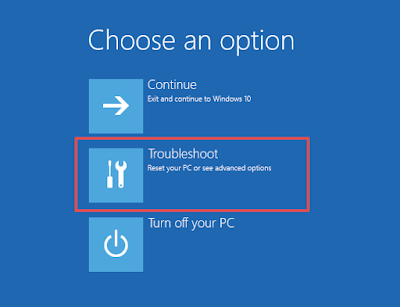
- Click on Advanced Options >> Choose Startup Settings option.
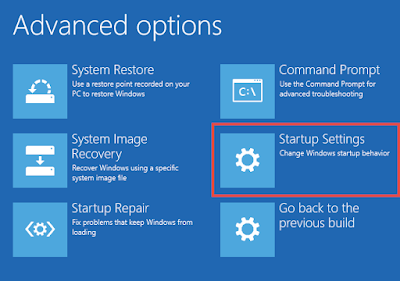
- Select Enable Safe Mode option >> Click Restart button.
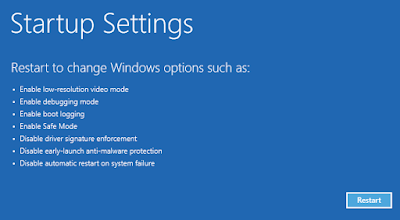
- Press F5 button to Enable Safe Mode With Networking option.
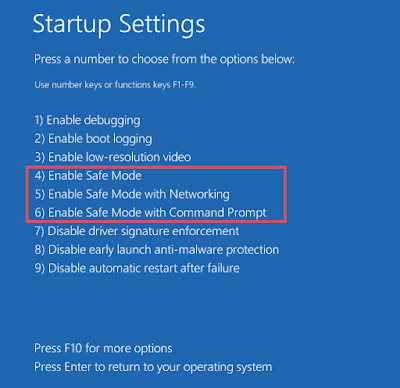
Windows XP/Vista/7
- Click on Start menu >> Select Restart button.
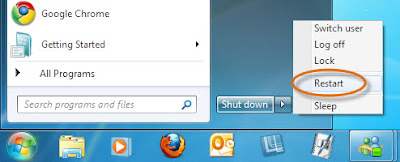
- While PC start booting, Press F8 button continuously.

- After that Advance boot menu appear on PC screen.
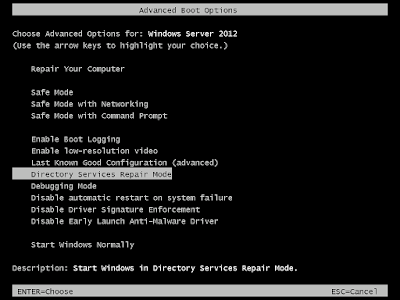
- Select Safe Mode With Networking Option.
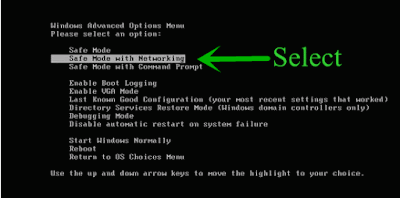
- Finally press Enter button.
Part 2:- Uninstall Exp.CVE-2017-16390 From Control Panel
Windows XP
- Go the Start menu >> Select Control Panel.
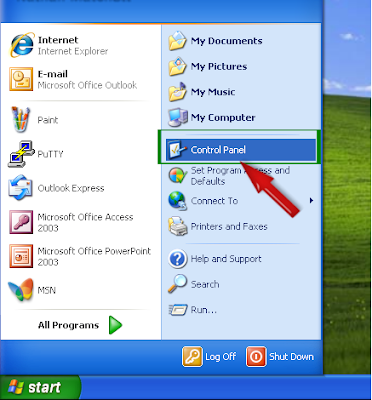
- Click on Add or Uninstall programs option.
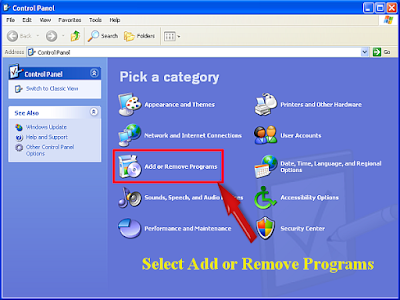
- Search and Uninstall unwanted program from PC.
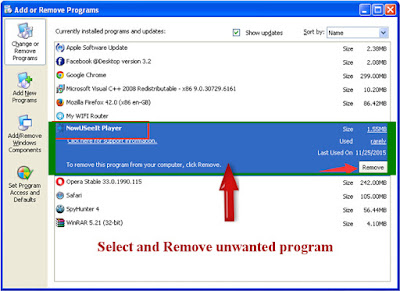
Windows 7
- Click the Windows key.

- Select Control Panel Option.
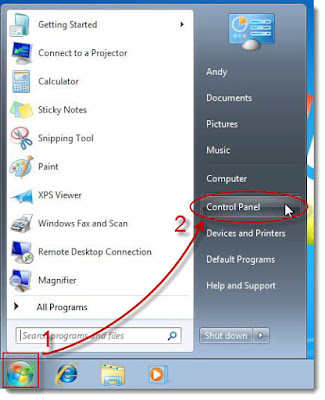
- Select Uninstall A Programs option.
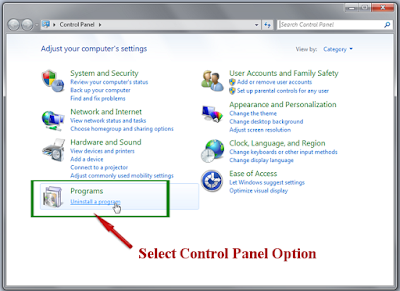
- Select and Uninstall unwanted program from system.
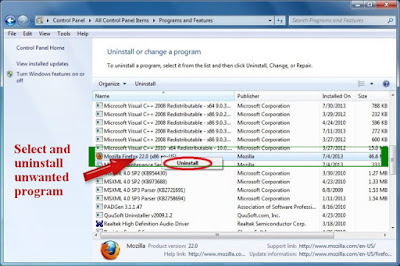
Windows 8
- Press Win+R button to open Run Box.

- Type control panel in Run window.
- Press Enter button to open the Control Panel.
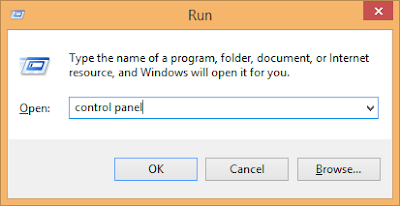
- Select Uninstall a program.

- Do Right-click Exp.CVE-2017-16390 related programs.
- Click Uninstall option to Uninstall it completely.

Windows 10
- Press the start button.
- Select Settings option.
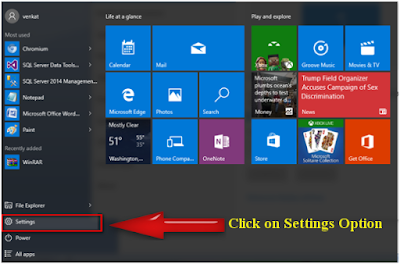
- Choose system option there.

- Click on Apps and Features option.
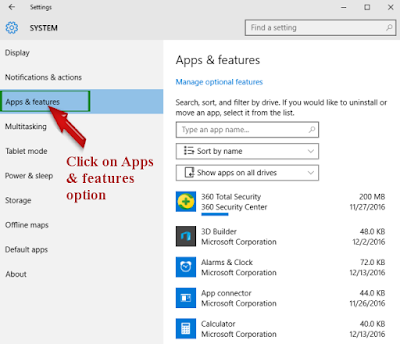
- Select and Uninstall unwanted program.
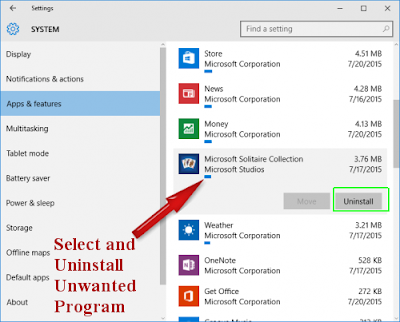
Part 3:- Uninstall Exp.CVE-2017-16390 Related Process From Task Manager
- Press ALT+Ctrl+Del buttons altogether.
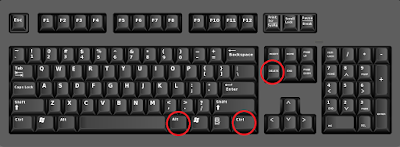
- Choose Windows Task manager option from PC screen.
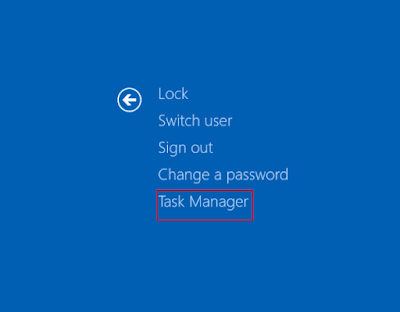
- Select the malicious process.
- Click on End Task button.
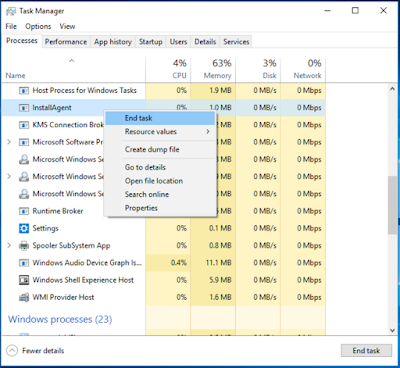
Part 4:- Solution to Uninstall Exp.CVE-2017-16390 From Chrome
From Mozilla Firefox
- Open Mozilla Firefox browser.
- Click on gear icon to open menu.
- Select Add-ons >> Add-ons Manager tab will open.
- Choose Extensions or Appearance panel.
- Choose Exp.CVE-2017-16390 add-on you want to Uninstall.
- Click the Uninstall button.

From Google Chrome
- Click on great icon to open Chrome menu.
- Now click on the Tools option.
- Go to Extension >> Select unwanted extension.
- Finally click on trash bin icon.

From Internet Explorer
- Open Internet Explorer browser.
- Click on Gear Icon to open Tools.
- Click on Manage Add-ons option.
- Select Toolbars and Extensions tab.
- Find Exp.CVE-2017-16390 related add-ons >> Click Disable.
- Click More information button.
- Finally, click on Uninstall button.

From Microsoft Edge
Microsoft Edge doesn't support extension so you need to reset your
browser homepage.
- Open Microsoft Edge browser.
- Click on More (...) icon >> Go to Settings.
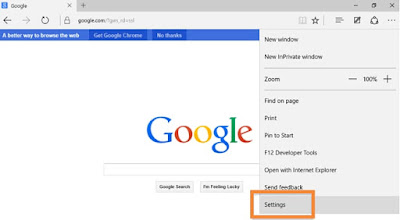
- Select a specific page or pages under Open option.
- Select Custom option.
- Enter URL that you want to set as your browser homepage.

Part 5:- Uninstall Exp.CVE-2017-16390 From Registry Editor
- Pressing Win + R keys together.

- Type regedit >> Click OK.
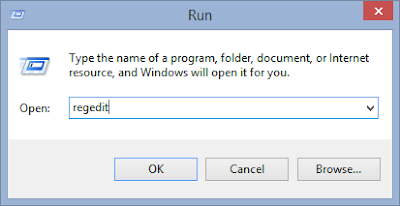
- Find and Uninstall Exp.CVE-2017-16390 related registry files.
HKEY_LOCAL_MACHINESYSTEMCurrentControlSetServicesWpm
HKCU\Software\Microsoft\Windows\CurrentVersion\Internet Settings\random
HKEY_LOCAL_Machine\Software\Classes\[adware name]
HKEY_CURRENT_USER\Software\Microsoft\Windows\CurrentVersion\Run “.exe”
HKEY_CURRENT_USER\Software\Microsoft\Windows\CurrentVersion\Internet Settings “CertificateRevocation” = ’0
HKEY_LOCAL_MACHINE\SOFTWARE\Microsoft\Windows\CurrentVersion\run\random
HKEY_CURRENT_USERSoftwareMicrosoftInternet ExplorerMain “Default_Page_URL”


No comments:
Post a Comment